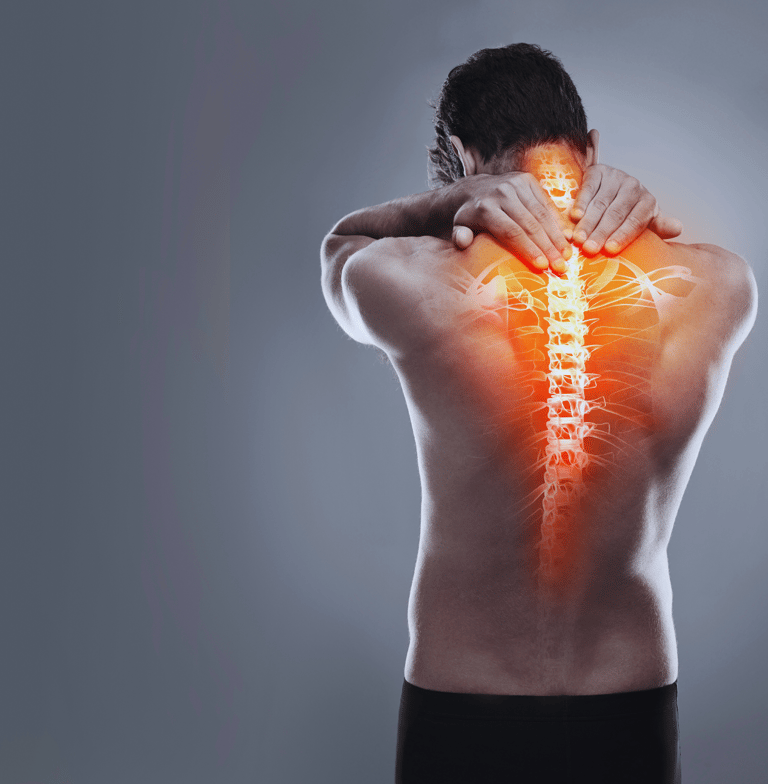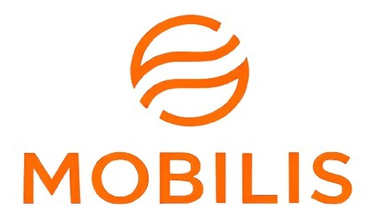Applicationss
Post-Surgical Rehabilitation
After surgeries—especially orthopedic procedures such as knee replacements, hip replacements, or shoulder surgeries—patients often experience stiffness, reduced mobility, and muscle tightness.
Usage:
Gentle rolling on muscles surrounding the surgical site (avoiding the incision area) helps improve blood flow, reduce scar tissue adhesion, and restore range of motion.
Physical therapists may integrate foam rolling before stretching to warm up tissues.
After knee replacement, a patient may use a roller stick to target the quadriceps and hamstrings to regain knee flexion and extension.
Following shoulder surgery, a therapist might guide rolling of the upper back and lats to reduce compensatory tension.
Pain Management & Tension Relief in Hospitals
Foam rollers and roller sticks are sometimes used in inpatient and outpatient physical therapy programs to relieve chronic tension.
Usage:
Applied to large muscle groups (e.g., back, thighs, calves) to reduce myofascial trigger points.
Can complement pain management strategies alongside medication or TENS therapy.
A patient recovering from prolonged bed rest may roll their calves and hamstrings to prevent deep vein thrombosis risk and reduce soreness.






Prenatal & Postnatal Applications
While deep tissue foam rolling is not always recommended during pregnancy, gentle rolling can be beneficial under professional supervision.
Usage:
Light rolling on the upper back, shoulders, and calves to reduce swelling, improve circulation, and relieve pregnancy-related muscle strain.
Postnatal rolling can help restore posture and muscle flexibility after childbirth.
A pregnant woman experiencing calf cramps uses a roller stick lightly to improve circulation and reduce swelling.
Sciatica Relief
Sciatica often involves compression or irritation of the sciatic nerve, leading to pain radiating down the leg.
Patients roll the glutes, piriformis, hamstrings, and lower back to relieve muscle tension that might be aggravating the nerve.
Can be performed under guidance to avoid worsening symptoms.
A patient with piriformis syndrome uses a foam roller daily to relax the piriformis muscle, reducing sciatic nerve compression.
Neurological & Mobility Disorders
Foam rollers are also used in patients with conditions like multiple sclerosis, Parkinson’s disease, or after a stroke, where mobility is limited.
Helps reduce spasticity in muscles, improve proprioception, and assist with controlled stretching.
A stroke patient rolls their forearm muscles to maintain flexibility and prevent contractures.






Stress Reduction & Relaxation
Hospitals and rehabilitation centers sometimes incorporate foam rolling into wellness programs.
Promotes relaxation by stimulating pressure receptors, reducing cortisol levels, and encouraging parasympathetic nervous system activity.
Post-surgical patients in a rehab program use foam rollers as part of evening relaxation routines to improve sleep quality.

